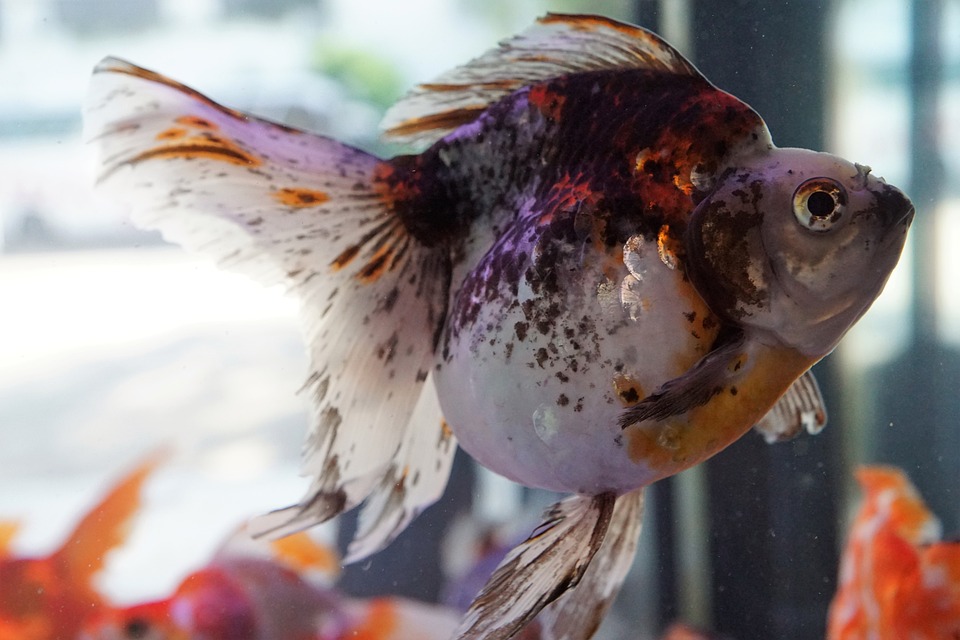*By [Your Name]*
Introduction:
Fish tank disease quarantine is a crucial aspect of maintaining a healthy aquarium. Just like humans, fish can also contract various diseases that can spread rapidly among the population if not properly contained. Implementing quarantine measures can help prevent the introduction and spread of illnesses, protecting the overall health of your fish.
1. What is Fish Tank Disease Quarantine?
Fish tank disease quarantine refers to the practice of isolating new or sick fish in a separate tank for a period of time before introducing them to the main aquarium. This isolation period allows fishkeepers to monitor the health of the quarantined fish and treat any potential diseases before they have a chance to spread to the rest of the population.
2. The Benefits of Fish Tank Disease Quarantine:
There are several benefits to implementing a fish tank disease quarantine protocol:
Preventing the introduction of diseases into your aquarium: New fish may carry diseases that can be easily transmitted to the existing population. Quarantining new fish allows you to observe them for any signs of illness and treat them accordingly before introducing them to the main tank.
Minimizing the risk of cross-contamination: If one fish in your main tank becomes sick, the close proximity of the other fish increases the risk of rapid disease transmission. Quarantine helps prevent the spread of illnesses by keeping sick fish separate from healthy ones.
Reducing stress on new or sick fish: The process of acclimating to a new environment can be stressful for fish. By providing them with a separate tank to adjust and recover, you can minimize stress levels and improve their overall health.
3. Steps to Establish an Effective Quarantine Protocol:
To establish an effective fish tank disease quarantine protocol, follow these steps:
Setting up a separate quarantine tank: Dedicate a separate tank solely for quarantine purposes. Ensure it is properly cycled, has adequate filtration, and is free from any potential disease-causing agents.
Choosing healthy fish for quarantine: Select fish from reputable sources that appear healthy and active. Avoid fish that show signs of illness, such as lethargy, loss of appetite, or unusual behavior.
Quarantine duration: How long should it be? The duration of quarantine varies depending on the species and individual circumstances. Generally, a quarantine period of 4-6 weeks is recommended to allow for proper observation and treatment if necessary.
Monitoring and treating potential diseases during quarantine: Regularly monitor the quarantined fish for any signs of illness, such as abnormal behavior, loss of appetite, or physical symptoms. If any disease is detected, consult with a veterinarian or fish health expert for appropriate treatment options.
4. Common Fish Tank Diseases and How Quarantine Can Help:
Quarantine can help prevent and control the spread of various fish tank diseases, including:
– Ichthyophthirius multifiliis (Ich): This parasitic disease causes white spots on fish. Quarantine allows for early detection and treatment, preventing the spread of Ich to other fish.
– Columnaris: A bacterial infection that can cause ulcers and fin rot. Quarantine enables targeted treatment and prevents the infection from spreading.
– Dropsy: A condition characterized by bloating and raised scales. Quarantine can help isolate affected fish and provide necessary treatment.
– Fin rot: A bacterial infection that causes the deterioration of the fins. Quarantine helps prevent the spread of the infection to other fish.
– Parasitic infections: Various parasites can affect fish, such as gill flukes and skin parasites. Quarantine allows for the identification and treatment of these parasites, minimizing their impact on the rest of the population.
5. Frequently Asked Questions (FAQs):
Q1: How long should I quarantine new fish before introducing them to my main tank?
A: Quarantine periods typically last 4-6 weeks, but the duration can vary depending on the species and individual circumstances. It is important to monitor the health of the fish during this period and consult with experts if any signs of illness are observed.
Q2: Can I use medications during the quarantine period?
A: Yes, medications can be used during the quarantine period if necessary. However, it is important to follow the instructions provided by the manufacturer and consult with a veterinarian or fish health expert for proper dosage and treatment options.
Q3: Can I skip quarantine if I only have a small tank with a few fish?
A: No, quarantine is essential regardless of the size of your tank or the number of fish. A single sick fish can quickly spread diseases to the rest of the population, so it is important to establish a quarantine protocol to protect the health of all your fish.
Q4: How often should I perform water changes in the quarantine tank?
A: Regular water changes are important to maintain good water quality in the quarantine tank. Depending on the size of the tank and the number of fish, water changes should be performed at least once a week, or more frequently if necessary.
Q5: Is it necessary to feed quarantined fish?
A: Yes, it is necessary to provide proper nutrition to quarantined fish. Feeding them a balanced diet will help maintain their overall health and support their immune system during the quarantine period.
Q6: Can I use the same equipment in my main tank after using it in quarantine?
A: It is best to avoid using the same equipment in both the quarantine tank and the main tank to prevent cross-contamination. If you must use the same equipment, ensure it is thoroughly cleaned and disinfected before transferring it to the main tank.
Conclusion:
Implementing a fish tank disease quarantine protocol is essential for the health and well-being of your fish. By dedicating time and effort to quarantine new fish and monitor their health, you can significantly reduce the risk of introducing illnesses to your main tank. Remember, maintaining a healthy aquarium starts with a well-executed quarantine process. So, take the necessary steps to protect your fish and enjoy a thriving and disease-free aquarium.









